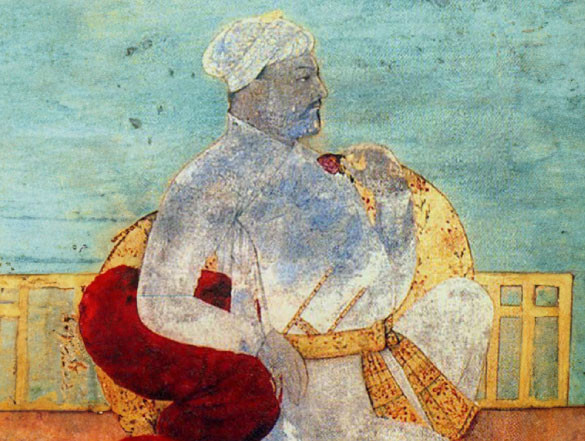- Fort Rd, Toli Chowki, Hyderabad, Telangana, 500008, India
- Visit

Sultan Jamshed Quli Qutb Shah was the second ruler of the Qutb Shahi dynasty and he reigned for seven years. During his rule, he streamlined the administration of the expanding kingdom and promoted Persian literature and poetry. His mausoleum, an octagonal, double-storied structure, is a unique structure in the Qutb Shahi Heritage Park.
Jamshed Quli Qutb Shah was an autonomous ruler who minted the first coins in Golconda. He is credited as the first independent Qutb Shahi ruler who adopted the title of Sultan.
Jamshed Quli Qutb Shah’s mausoleum is noted for its unique octagonal plan, which sets it apart from the square or rectangular tombs of royalty in the Deccan region.
He was known be descended from the ruling family of Qara Quyunlu Turkomans, and this could have been a source of legitimacy for Jamshed Quli. The Qara Quyunlu tribe had ruled over regions like Iran, Armenia and Azerbaijan, and Sultan Jamshed’s mausoleum bears resemblance with the mausoleum of Qara Qoyunlu Emirs in Armenia. The Armenian monument, built in CE 1413, featured an architectural design similar to the octagonal tomb of Jamshed.
The dome of Jamshed Quli Qutb Shah's tomb suffered significant deterioration with crumbling plaster, leading to water penetration. The damaged plaster was removed, vegetation cleared, and the dome was repaired and replastered with lime. This double-dome tomb required careful restoration of its internal dome. The wooden beams on the ceiling were treated with linseed oil to prevent termite damage. Cracks on the internal dome were grouted using lime slurry, and the entire surface was repaired with traditional lime plaster. Metal grills were installed at the openings to prevent birds from entering.
Archival studies revealed that much of the external stucco plasterwork were 19th century additions and had largely deteriorated. Inappropriate cement plaster layers were removed from the facade and interiors and replaced with traditional lime plaster to halt further decay. The tomb's ornate surfaces, including merlons, minarets, and brackets were meticulously restored. Over 700 square meters of internal wall surfaces were cleaned of soot, bird droppings, and old paint layers. The central medallion on the dome was cleaned and repainted with natural colors. Blocked openings were reopened, and less intrusive metal screens were fixed to allow light and ventilation while restricting bird entry. The tomb stands on two plinths - a larger lower square plinth and a higher octagonal plinth - both were finished with granite flooring, replacing damaged cement concrete, providing a permanent protective layer against water ingress. Over 100 cubic meters of cement concrete was dismantled from the plinth, which was then lowered to its original level and replaced with 80 cubic meters of lime concrete. Missing edging bands on the lower plinth were restored with hand-chiseled stones matching the original texture and color.

The discovery of the garden enclosure wall of Sultan Quli Qutb-ul-Mulk's mausoleum facilitated the appropriate development of the landscape design for the monuments within it, including Jamshed Quli Qutb Shah's mausoleum. The area levels within and outside the enclosure were determined based on trial trenches dug at strategic locations around the monuments to find the original earth levels.
Jamshed Quli Qutb Shah's mausoleum underwent a comprehensive restoration. On removal of 20th century cement from the dome, the lime plaster underneath was also found deteriorated. The dome was repaired carefully with traditional lime plaster. The ornate facade, internal dome, and internal surfaces were all carefully restored using historic techniques, materials and tools by skilled craftspeople. Granite flooring replaced damaged concrete on the plinth, and missing granite edging at the plinth were restored with hand-chiseled stones matching the original texture and color.